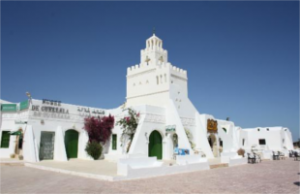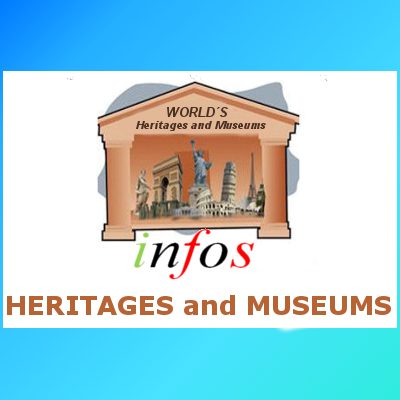 Heritages and Museums– Discover the most visited museums in the world, comes with pictures, and will give you plenty of ideas for top museums to see on your own travels. |
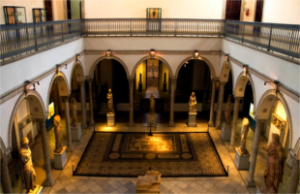 The Bardo National Museum is a museum of Tunis, Tunisia, located in the suburbs of Le Bardo. It is one of the most important museums in the Mediterranean region and the second museum of the African continent after the Egyptian Museum of Cairo by the richness of its collections. |
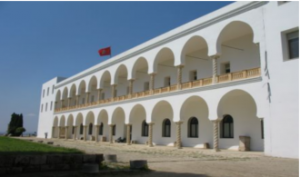 Carthage National Museum– Housed at the turn of the last century on the ground floor of a scolasticate of Catholic religious, adjacent to the Saint-Louis basilica built at the end of the XIXth century on the site of the Carthage acropolis, this museum contains the largest collection of objects from the site of Carthage … |
 The Medina (Old Town)– the Medina (Old Town) district is Tunis’ historic heart and is brimming with sightseeing potential. The main entrance gate, marking the end of the new city and beginning of the old is known as Bab el Bahr (Sea Gate). Built in 1848, it was known as Porte de France during the colonial period. |
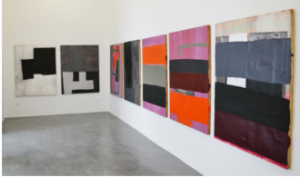 Selma Feriani Gallery opened its doors in 2007 as a contemporary art space focusing on the promotion and exhibition of North African and Middle Eastern artwork. Representing a variety of emerging and recently established artists, the Tunis-based (Tunisia) gallery showcases a packed season of solo and group events. |
 The North Africa American Cemetery– The North Africa American Cemetery in Tunisia is a military cemetery and memorial site, mostly for casualties of World War II. In particular, the North Africa American Cemetery houses the graves of those who were killed in campaigns in North Africa and the Persian Gulf. Located in Tunisia, … |
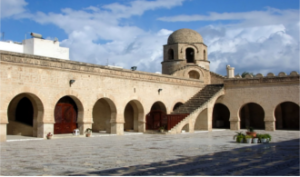 The Great Mosque of Sousse: Built in the early IXth century, remodelled and extended during the Xth and XVIIth centuries, it is adjacent to the Ribat, from which it has inherited the fortified aspect with a crenellated surrounding wall flanked by two watchtowers facing the shore, from where assailants from overseas could have appeared. |
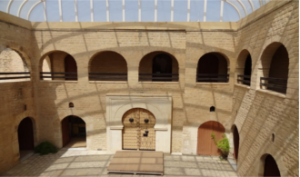 Museum El Kobba Located inside the medina, infront of jewelers shops , is known for its dome folds in zigzag unique in Tunisia. In the nineteenth century, the Kobba housed the caravanserai of the French and then, until the Sixties,served as a hostel From its terrace, one has a splendid view over the roofs of covered souks and the labyrinth of alleys. |
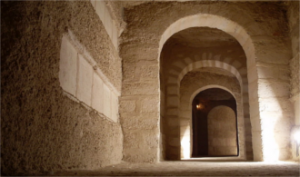 The Sousse Catacombs this underground necropolis was created towards the end of the first century by Christians to bury their dead during periods of persecution. The Sousse catacombs are formed of galleries stretching over 5 kilometres and containing no les than 15.000 graves. The tombs were dug into the walls of the galleries on two or three levels. |
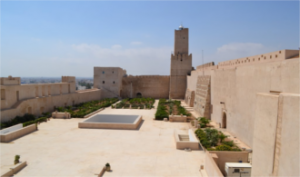 The Sousse Archeology Museum is located within the Kasbah (fortification) of the medina (old city) of Sousse, a World Heritage Site. At the entrance of the museum, a large vaulted room displays the history and the monuments of the Sahel region from Antiquity to the Muslim period. Located under the Kasbah’s main courtyard,… |
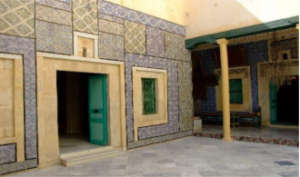 The Dar Essid Museum is small, private museum is also not to be missed. In a quiet part of the medina, it occupies a beautiful old home, furnished in the style of a well-to-do 19th-century Sousse official and his family. The dimensions of the elaborately decorated, arched door are the first indication of the owner’s status. It opens into a small anteroom for meeting strangers,… |
|
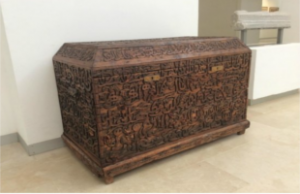 Lalla Hadria Museum– Discover over 13 centuries of Arabo-Islamic art and culture at Lalla Hadria Museum. The modern building displays a vast collection of art and artifacts across 15 rooms, with over 1,000 pieces. Take a tour around the grand site, and see the exhibits of jewelry, paintings, old furniture, and carpets. |
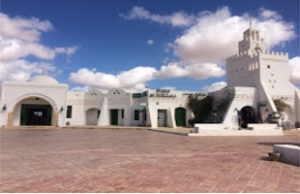 Musee Du Patrimoine Traditionnel De Djerba– Explore the area’s glorious past and rich cultural heritage at Musee du Patrimoine Traditionnel Djerbien. Next door to a crocodile park and a Crusader fort, the museum features diorama-like exhibits and life-size mannequins dressed in traditional costumes. |
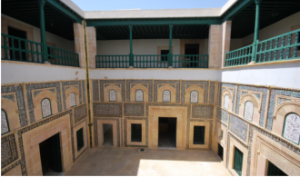 Dar Jellouli Museum: In a XVIIIth century patrician house, in the heart of the medina of the capital of the south, a regional museum of popular arts and traditions has been established. The house itself was bequeathed by one of the great families of the Sfaxian bourgeoisie and is in the pure classical style of stately Tunisian houses, behind a relatively modest façade. |


